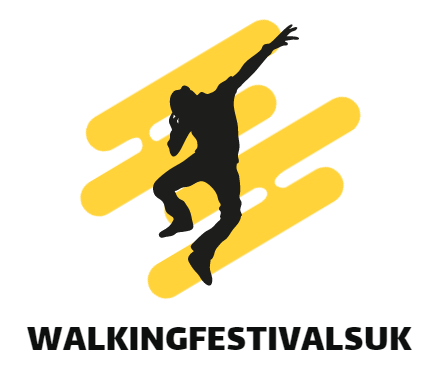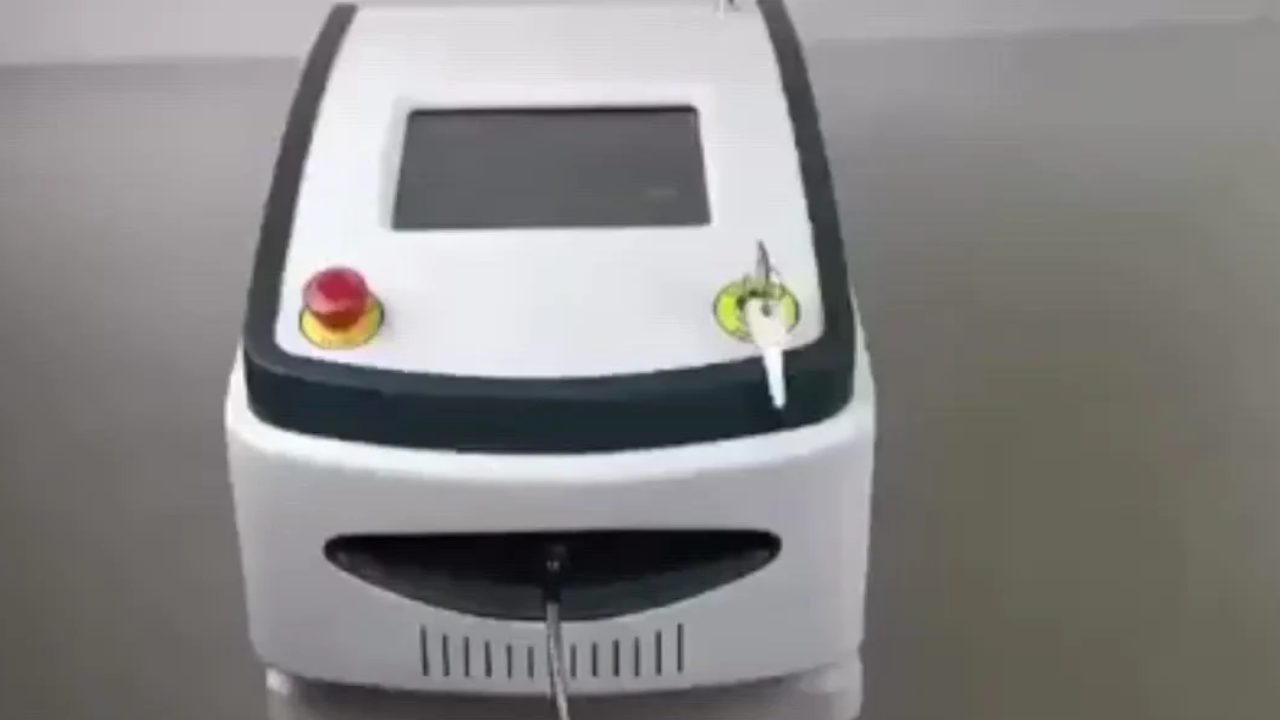Higher-wattage lasers than their lower-class equivalents are used in class IV laser therapy, sometimes referred to as high-power laser therapy. It is useful in treating a variety of ailments, such as inflammatory disorders, arthritis, and musculoskeletal injuries, because of its increased power, which enables deeper penetration into tissues. Through a mechanism known as photobiomodulation, the therapy stimulates cellular activity.
In photobiomodulation, adenosine triphosphate (ATP), the cellular energy currency, is produced in greater quantities as a result of absorption of laser light by cellular constituents, particularly mitochondria. To study more about class 4 cold laser must visit our website. Several biological activities, such as improved tissue repair, decreased inflammation, and pain relief, are aided by this increase in cellular energy.
How Many Treatments Are Needed For Class IV Laser Therapy?
The nature and severity of the ailment, the responsiveness of each patient, and the intended course of treatment are some of the variables that determine how many sessions of Class IV laser therapy are required. While chronic diseases might need more sessions to see improvement, acute conditions might benefit from fewer sessions. To attain the best results, healthcare providers assess each case on an individual basis and create individualized treatment regimens that strike a balance between efficacy and the patient's general well-being.
Factors Influencing The Efficacy of Class IV Laser Therapy
Several variables can affect how well Class IV laser therapy works and how long it takes to see improvements.
Condition Severity
The severity of the ailment being treated has a direct bearing on how well Class IV laser therapy works. Recent injuries or other acute disorders may react quickly to this potent therapy. Prolonged and regular treatment is generally necessary for chronic diseases, which are typified by enduring symptoms, to attain enduring alleviation. Medical specialists evaluate the condition's severity to establish the best course of action and maximize results using Class IV laser therapy.
Treatment Protocol
Class IV laser therapy requires a well-planned course of treatment to be effective. The best settings, such as laser intensity, session length, and frequency, are determined by medical professionals to treat particular problems. Following these guidelines guarantees the safe and efficient administration of Class IV medicine for the best possible outcomes for the patients.
Patient Responsiveness
Patient responsiveness to Class IV laser therapy varies depending on individual characteristics. How soon patients see relief depends on several factors, including age, general health, and the nature of the ailment being treated. Some patients might benefit from therapy quickly, while others might need longer sessions. Healthcare providers can use Class IV laser therapy to customize treatment programs and improve patient outcomes by keeping an eye on patient responses.
Comprehensive Approach
A complete strategy is used in class IV laser therapy to treat a variety of medical issues. Its powerful lasers pierce deeply into tissues, igniting biological activity and accelerating the healing process. Both acute and chronic illnesses respond well to this adaptable treatment, which relieves pain and promotes tissue healing. Class IV therapy is a useful tool for a variety of medical applications in the hands of healthcare professionals due to its comprehensive character.
Features of the Patient
Patients may respond differently to Class IV laser therapy depending on their unique circumstances. More intense treatment may be necessary for patients with higher levels of inflammation or reduced cellular function. Age, general health, genetics, and lifestyle decisions are a few examples of factors that can affect how well the body reacts to laser therapy. These factors should be taken into account by practitioners when creating customized treatment programs.
Specificity of Condition
The effectiveness of Class IV laser therapy is significantly influenced by the particular ailment being treated. When it comes to laser therapy, acute conditions like sports injuries or recent trauma might react more quickly than chronic ones that involve long-term tissue damage. Treatment parameters must be customized by practitioners to address the particulars of each condition, accounting for factors such as the extent of inflammation, the stage of injury, and tissue integrity.
Conclusion
When it comes to non-invasive medical treatments, class IV laser therapy is a useful tool that shows promise for treating a range of ailments. It's important to understand that while some individuals may feel relief right away, it can take some time for effects to become apparent and last. Class IV laser therapy is most successful when a patient is committed to the process of recovery and has a customized treatment plan that includes the appropriate frequency and amount of sessions.


